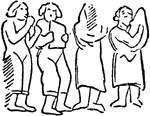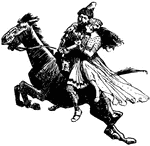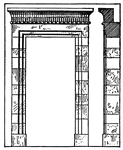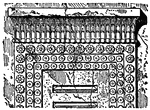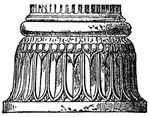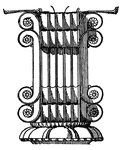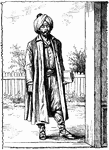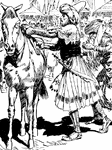Clipart tagged: ‘Persia’

Babylonia Poster
A poster of ancient Babylonia: Chaldea, Assyria, Persia, soldiers, religion, writing, and structures.

Battle of Cunaxa
Battle fought between two brothers, Cyrus the Younger and Arsaces. Cyrus managed to collect eleven thousand…
!["Here [Darius] was assassinated by Bessus, the satrap of Bactria. He was discovered by Alexander in a dying condition by the roadside. He asked for a cup of water, thanked the giver, and died. And with him died the Empire of the Persians."—Ridpath, 1885](https://etc.usf.edu/clipart/78900/78909/78909_dariusbody_mth.gif)
Alexander Discovers the Body of Darius
"Here [Darius] was assassinated by Bessus, the satrap of Bactria. He was discovered by Alexander in…
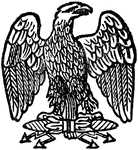
French Eagle
"The Eagle is an emblem in heraldry, war, and legend. The eagle, borne upon a spear, was used by the…
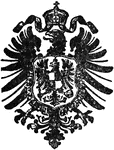
German Eagle
"The Eagle is an emblem in heraldry, war, and legend. The eagle, borne upon a spear, was used by the…

Griffin
In heraldry, the griffin is a fabulous animal, with the head and forefeet of an eagle, and the body,…

Leopard
The leopard (Felis pardus) is a carnivore closely allied to the lion and the tiger, but differing it…

Miletus Coin
"A representation of a very early double stater of Miletus, in Ionia, of which the type is the lion's…
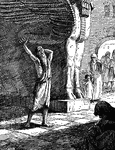
Mordecai Cries out at the City Gates
"Now when Mordecai knew all that was done, Mordecai rent his clothes, and put on sackcloth with ashes,…
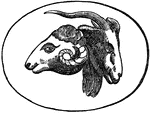
Persia and Macedonia
Cut from an ancient stone, the ram and goat with one horn are symbols for Persia and Macedonia, respectively.…
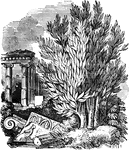
Ancient Persia
"Ancient Persia was among the great empires that figure in the early history of mankind. Little of their…

Ancient Susa
An image depicting an ancient city of the Persian, Parthian, and Elamite empires of Iran.
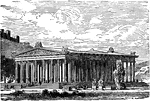
Temple of Diana at Ephesus
"The temple of Diana was the chief glory of the city. The style was Grecian. The length of the ground-plan…

The Victors of Salamis by Fernand Cormon
Illustration of a painting of the ancient Greeks returning victorious from the Battle of Salamis against…
